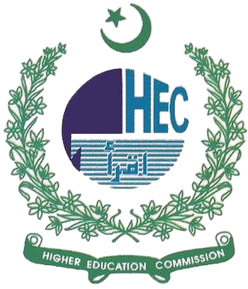A QUANTITATIVE STUDY OF WOMEN’S REPRESENTATION FROM GENDER STEREOTYPES’ PERSPECTIVE IN PAKISTANI ADVERTISEMENTS
Keywords:
Quantitative analysis, Gender stereotypes, Women's representation, Pakistani Advertisements, Corpus-basedAbstract
The research utilizes a quantitative corpus-based method to study how Pakistani advertisements display women through traditional gender norms. The research examines five different advertisements which serve different product categories between beauty products and household items as well as technology. Through language developers maintain traditional gender roles because they mirror social norms. The tools from corpus analysis (Voyant and AntConc) carry out quantitative assessments which discover reoccurring linguistic features by counting words and their groupings and their context. The research shows women are specially linked to phrases “beauty” “gentle” and “motherly roles” confirming physical attractiveness and caretaking and home duties have an essential connection to femininity. The media shows women mostly nurturing or beautiful figures within their homes. The society has chosen to emphasize stereotypical family caretaker roles and beauty practices over the display of women with independent professional lives. Research shows that Pakistani media needs to create different and modern representations of women to build an equal society beyond traditional storytelling. The evolving landscape of advertisement and media production now presents a chance to portray women more inclusively in their society through media creation which leads to gender balance in Pakistani advertising.
Downloads
Published
Issue
Section
License

This work is licensed under a Creative Commons Attribution-NonCommercial-NoDerivatives 4.0 International License.


